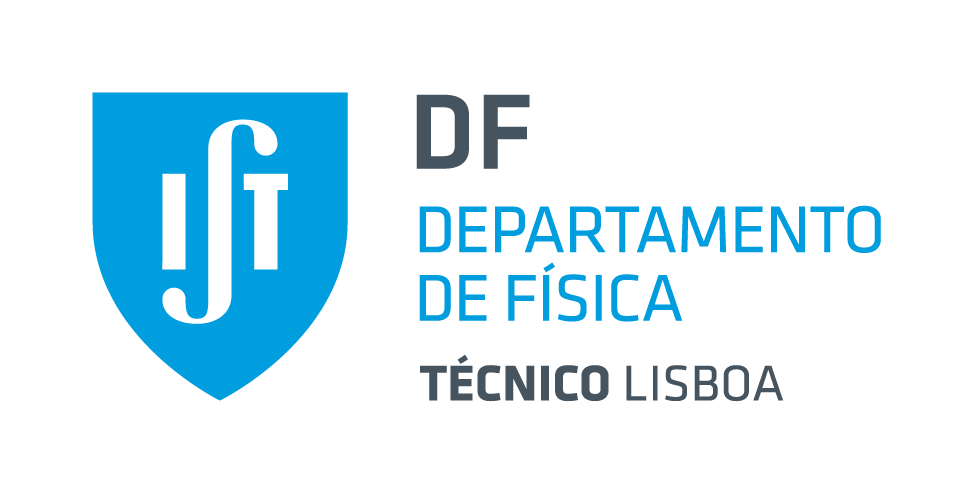Newsfrom our faculty members and students

Hugo Hugon receives PhD in Engineering Physics
August 04 2020Last June 30, Dr. Hugo Hugon received his PhD in Engineering Physics with a thesis entitled ‘Beyond standard geometrical optics: Paraxial WKB treatment of lower-hybrid wave propagation in tokamaks’. His work was supervised by Prof. João Pedro Bizarro (IST) in the scope of the APPLAuSE PhD programme.
The thesis committee consisted of Dr. Yves Peysson (CEA), Dr. Hugo Terças (IST), Prof. Ricardo Galvão (USP), Dr. Paulo Rodrigues (IST), Prof. João Pedro Bizarro (IST), and Prof. Luís L. Alves (IST, President).
Congratulations Hugo !
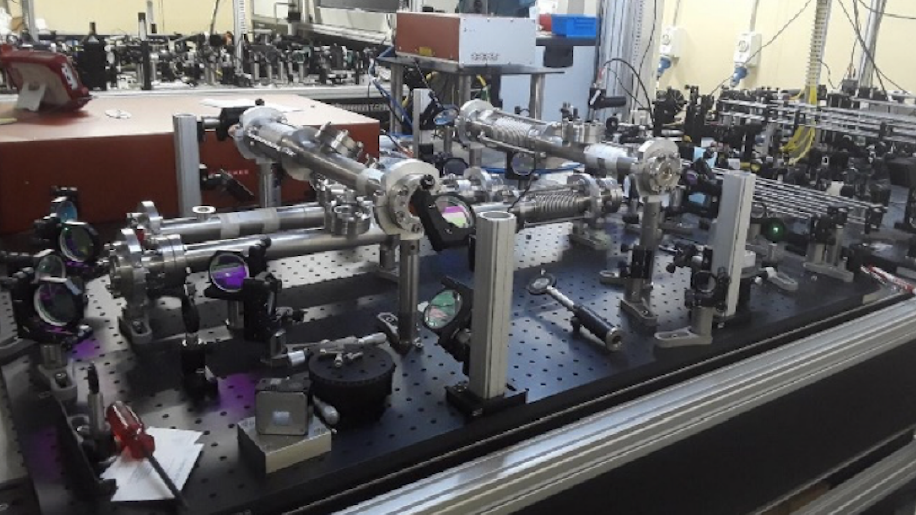
Mario Galleti receives PhD in Engineering Physics
August 04 2020Last June 4, Dr. Mario Galletti received his PhD in Engineering Physics with a thesis entitled ‘High contrast front-end for a petawatt laser system designed for electron acceleration & High intensity laser-matter applications towards advanced compact particle accelerators’. His work was supervised by Prof. Gonçalo Figueira (IST) and Dr. Marco Galimberti (RAL, UK), in the scope of the APPLAuSE PhD programme.
The thesis committee consisted of Dr. Giancarlo Gatti (CLPU), Dr. Pedro Oliveira (RAL), Prof. Arie Zigler (Racah Institute of Physics), Dr. Nelson Lopes (IST), Prof. Gonçalo Figueira (IST), and Prof. Luís L. Alves (IST, President).
Mario Galletti’s PhD thesis was awarded the maximum mark of “Pass with Distinction and Honour”
Congratulations Mario !
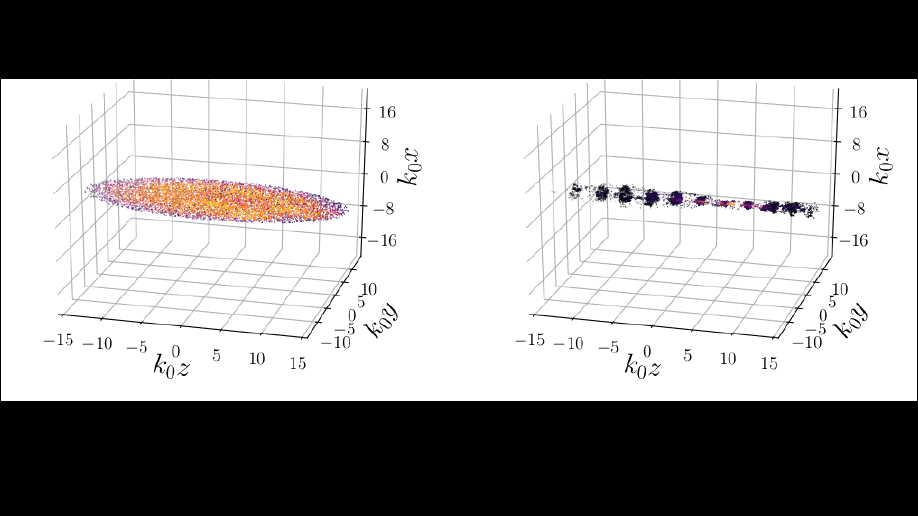
Rolando Salinas receives PhD in Physics
August 04 2020Last May 18, Dr. Rolandio Salinas received his PhD in Physics with a thesis entitled ‘Molecular dynamics simulations of Rydberg and strongly correlated plasmas’. His work was supervised by Prof. José Tito de Mendonça (IST) and Dr. Gordon Robb (University of Strathclyde, Glasgow, Scotland), in the scope of the APPLAuSE PhD programme.
The thesis committee consisted of Prof. Vasco Guerra (IST), Dr. João Rodrigues (Imperial College London), Dr. José António Rodrigues (UAlgarve), Dr. Hugo Terças (IST), Prof. José Tito de Mendonça (IST), and Dr. Vítor Rocha Vieira (IST, President).
Congratulations Rolando !
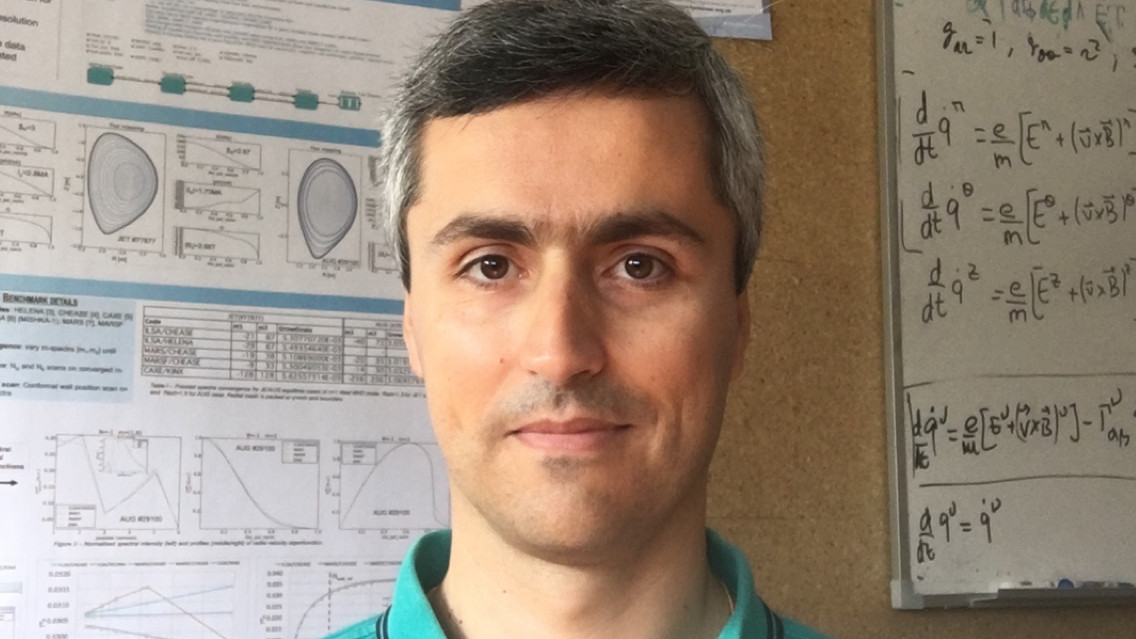
Rui Coelho joins Scientific Board of Enabling Research
August 04 2020Dr. Rui Coelho has been nominated to the Scientific Board of the EUROfusion Enabling Research activities on Theory and Modelling. Enabling Research is a programme aimed at promoting fundamental understanding, longer perspective research and novel/ground-breaking deliverables to the fusion programme and is judged on the basis of its excellence.
The Scientific Board will be responsible for the evaluation and selection of Enabling Research projects as well as the monitoring of the scientific results. The Board will also ensure the link between the enabling research activities and the several EUROfusion Work Packages.
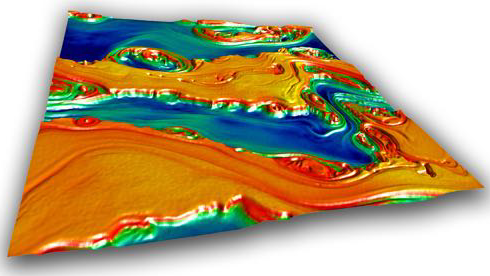
Giannandrea Inchingolo receives PhD in Physics
August 04 2020Last January 24, Dr. Giannandrea Inchingolo received his PhD in Physics with a thesis entitled 'Kinetic-scale effects in collisionless accretion disk dynamics'. His work was supervised by Prof. Luís O. Silva (IST), Dr. Thomas Grismayer (IPFN/IST) and Prof. Nuno Loureiro (MIT), in the scope of the APPLAuSE PhD programme.
The thesis committee consisted of Prof. Geoffroy Lesur (IPA Grenoble), Prof. Matthew Kunz (Princeton), Prof. João P. Bizarro (IST), Dr. Thomas Grismayer (IST), and Prof. Luís L. Alves (IST, President).
After the successful defence, the jury and the audience had the possibility of interacting with the VR experiences of Giannandrea's outreach project 'Turbulence | Voice of Space' (as part of the new GoLP VR Lab).
Congratulations Giannandrea !
